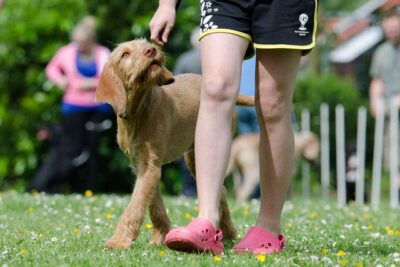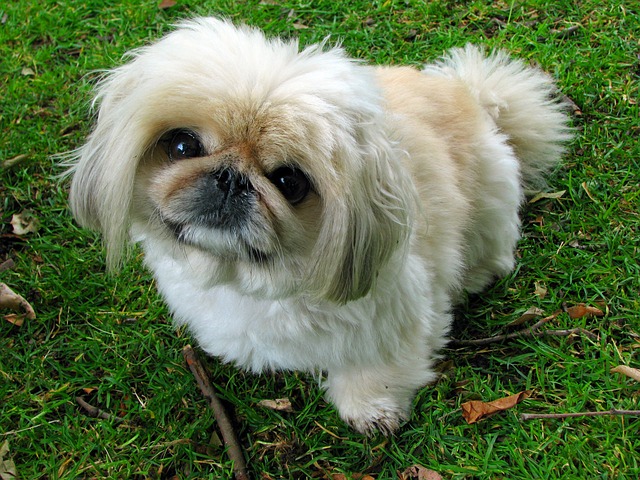



The Pekingese dog is a small, compact, and sturdy breed with a distinctive appearance. They have a flat face, wide-set eyes, and a wrinkled forehead. Their muzzle is short and broad, giving them a brachycephalic appearance. They have a large, round head and a mane-like coat that adds to their regal appearance. Their body is low to the ground and well-muscled, with a deep chest and a broad, straight back.
The Pekingese dog is known for its strong-willed and independent nature. They are often described as being dignified, confident, and courageous. Despite their small size, they have a big personality and are not afraid to stand up for themselves. They are loyal and devoted to their families, but can be wary of strangers. Pekingese dogs are generally good with children, but they may not tolerate rough handling. They can also be territorial and may not get along well with other dogs or pets.
The Pekingese dog is a small breed, typically weighing between 7 to 14 pounds (3 to 6 kilograms). They have a compact and sturdy build, with a height ranging from 6 to 9 inches (15 to 23 centimeters) at the shoulder. Despite their small size, they have a solid and muscular body.
The Pekingese dog has a long, flowing double coat that requires regular grooming to keep it looking its best. Their outer coat is coarse and straight, while their undercoat is soft and dense. They have a thick mane around their neck and a plumed tail that rests over their back. The coat comes in a variety of colors, including black, fawn, cream, and white. Grooming the Pekingese dog involves regular brushing to prevent matting and regular bathing to keep their coat clean. They are prone to shedding, so regular brushing can help minimize loose hair in the home.
Like many brachycephalic breeds, the Pekingese dog is prone to certain health issues. Their short muzzle can lead to breathing difficulties, especially in hot weather or during exercise. They are also prone to eye problems, such as corneal ulcers and dry eye. Regular veterinary check-ups and proper care can help manage these health issues. On average, the Pekingese dog has a lifespan of 12 to 15 years.
The Pekingese dog is not a highly active breed and does not require a lot of exercise. They are content with short walks and indoor playtime. However, it is important to provide them with mental stimulation to prevent boredom. Training the Pekingese dog can be a challenge due to their independent nature, but with patience, consistency, and positive reinforcement, they can learn basic obedience commands. Early socialization is also important to ensure they are well-behaved around other people and animals.
The Pekingese dog can be wary of strangers and may not get along well with other dogs or pets. Early socialization is crucial to help them become more comfortable in different situations and with different people and animals. They can be protective of their families and may exhibit guarding behaviors. It is important to introduce them to new experiences and people from a young age to help them develop into well-rounded and confident dogs.
As a brachycephalic breed, the Pekingese dog is prone to certain health issues. These include:
Regular veterinary check-ups and proper care can help manage these health issues and ensure the Pekingese dog leads a healthy and happy life.
The Pekingese dog has a rich history that dates back over 2,000 years. They were originally bred in China and were considered sacred and highly valued by the Chinese imperial court. Legend has it that they were created by Buddha himself, who shrunk down a lion to create this small and lion-like breed. They were kept as companions and were often seen in the palaces of Chinese emperors and empresses. The breed was brought to Europe in the 19th century and gained popularity among the nobility. Today, the Pekingese dog is still cherished for its regal appearance and loyal nature.
Throughout history, there have been several famous Pekingese dogs that have captured the hearts of people around the world. Some of these include:
These famous Pekingese dogs have not only excelled in the show ring but have also helped to promote and showcase the beauty and charm of this unique breed.
Leave a Reply
Related posts